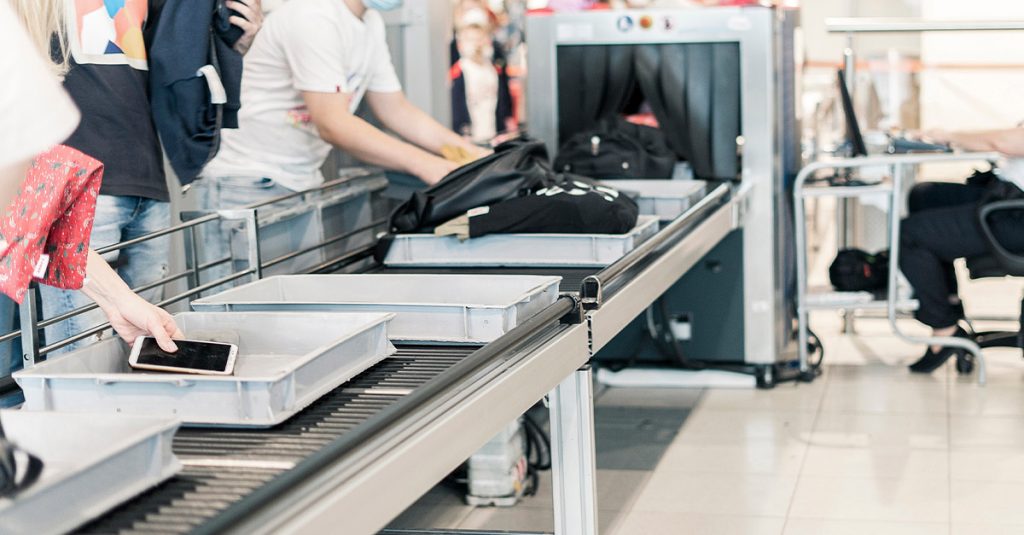European airports have reinstated the strict 100ml liquid restriction on cabin luggage, impacting countless travellers.
This change arises from technical issues with recent scanner technology that initially allowed broader leniencies.
Reintroduction of Cabin Bag Regulations
From September 1st, European airports have reinstated the 100ml liquid restriction for cabin luggage due to a ‘temporary technical issue’ with the screening equipment. This move reverses the previous relaxation allowed by advanced C3 scanners. It marks a significant policy shift impacting numerous travellers who had enjoyed more lenient rules before this abrupt change.
The European Commission confirmed on July 29th that all European Union member airports, along with Iceland, Switzerland, and Norway, must comply with the re-imposed limit, affecting millions of passengers. This decision echoes earlier actions taken by UK airports in response to similar technical challenges.
Advanced Security Scanners
Previously, a select number of airports had installed C3 scanners featuring computer tomography (CT) technology, which facilitated more efficient screening processes by detecting potentially hazardous substances without mandating strict liquid restrictions.
These advancements permitted passengers to pass through security with larger liquid quantities and keep electronic devices in their bags, enhancing convenience and reducing wait times for many travellers.
Impact on Airports and Travellers
ACI Europe, the airports association, criticised the reintroduction of limits as a setback for airports that have invested heavily in new technologies. It noted the decision adversely affects customer experiences and operational efficiencies.
The abrupt imposition of these regulations has led to varying degrees of discontent among passengers, particularly at airports with advanced C3 scanners installed. For many, the shift represents a backward step in travel convenience.
Without a clear timeline for resolving the technical issues, airports are left in a challenging position, balancing regulatory compliance with customer satisfaction while awaiting further updates from the European Commission.
The Role of C3 Scanners
In several smaller UK and EU airports, C3 scanners had been operational, significantly facilitating security checks. Places like Luton and several German and Italian airports were early adopters.
The implementation of C3 technology had seen a positive impact on the throughput of passengers, allowing for faster processing and improved efficiency. This technology was expected to become more widespread before the re-imposed restrictions highlighted the reliance on older methods.
Questions now arise about the broader applicability of these scanners and the potential need for further technological refinement to restore smooth operations.
Government and Industry Response
The UK government’s initial mandate for CT scanner installation was met with support but also faced operational delays. When restrictions were reinstated on June 9th, it signified major setbacks for advancing security technology at airports.
Industry bodies are urging swift action to address these technical setbacks, emphasising the importance of blending security with passenger convenience. The delay in lifting restrictions is seen as a barrier to achieving seamless travel experiences, as acknowledged by airport authorities.
There appears to be no immediate solution provided, with stakeholders calling for enhanced coordination between technology providers and regulatory authorities to resolve ongoing issues efficiently and effectively.
Comparison with Global Standards
The re-imposition of these restrictions places European airports in stark contrast to some international standards where enhanced screening technology has allowed greater flexibility for passengers.
Airports globally are moving toward more integrated and advanced security measures, and the current scenario in Europe reflects the need for investments in reliable technological solutions.
European airports are reminded of the need to maintain competitiveness in a rapidly evolving global sector, underscoring the significance of adaptable and robust security infrastructures.
Without a clear resolution timeline, European airports may fall behind in global rankings for travel facilitation, emphasising the urgency for targeted investments in both technology and process optimisations.
Future Prospects
Stakeholders are cautiously optimistic that solutions will soon emerge. With ongoing efforts by the European Commission and national authorities, collaborations with technology providers might offer new pathways forward.
The shift to reinstate liquid restrictions, while challenging, has highlighted the critical necessity for reliable technology in ensuring airport security and efficiency in passenger processing.
The return to stricter regulations underscores the need for reliable security technology.
Stakeholders remain optimistic about finding solutions to balance security and traveller convenience.

